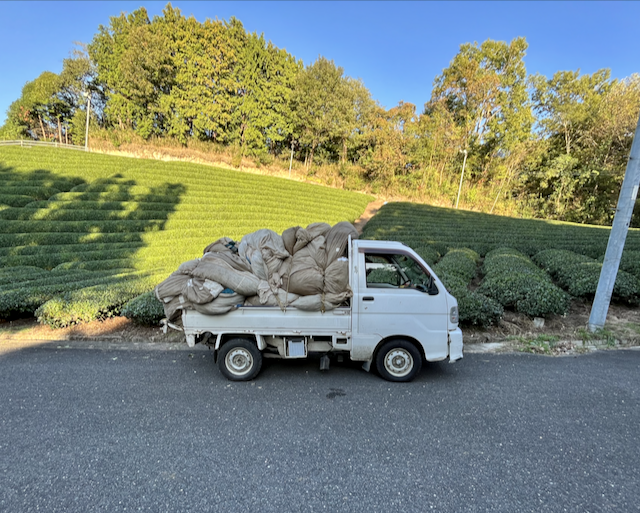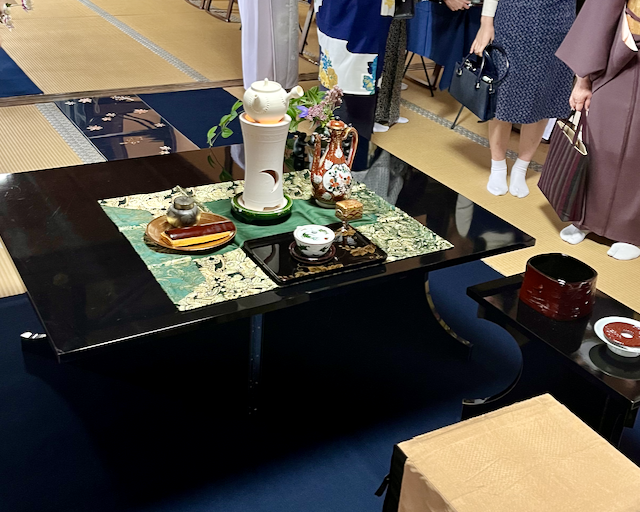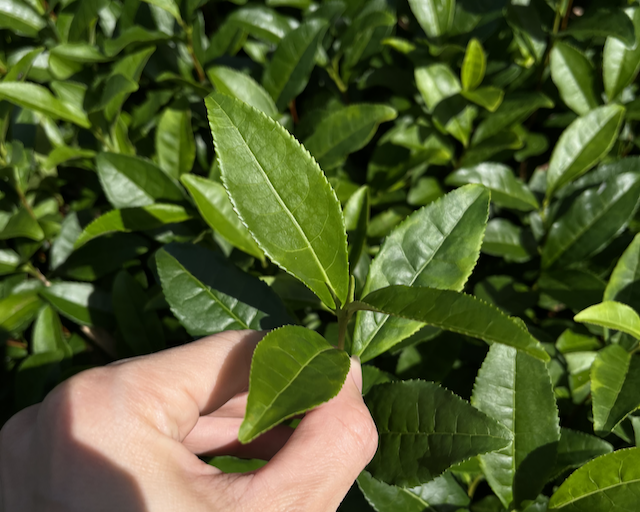2023 October round up
Welcome to the October round-up newsletter. A monthly letter about everything that has happened inside and outside the tea nursery.
Autumn harvest
Preparations for the autumn harvest have been ongoing for a few weeks at the farm. Cleaning the rolling machines and fixing a leaky boiler for the steaming machine, among other stuff. But now we have officially started the harvest. The fieldwork and the harvesting are hard work, but it is nice to do on the cooler autumn days. Although we will be busy at the farm in the coming weeks, we will also have more time to spend on other projects around the farm and, for me personally, around the blog.
In Wazuka, most rice fields have already been harvested, and we can start to enjoy the new rice of the year. It is an opportunity to purchase fresh rice and polish it on demand to the desired amount. I will be doing some tests soon, but that is perhaps for another blog.

Recent Activity
A few days ago, I published a small recap of the moon viewing ceremony earlier this month at Manpukuji temple in Uji. It was such an enjoyable event. You can read more about it here. Speaking of Senchado, I also visited the Kitagawa tea utensils shop in Kyoto. It has been recommended a couple times, and they were also present at the moon viewing event. I ended up with my own Senchado set using some bits and pieces from the shop's generous discounted section and the brand-new section.
I am so pleased with it, and now I will be able to practice a bit more at home after taking some lessons with our local Senchado teacher, Nakai-sensei, who is also a tea farmer, koto player, Ikebana teacher and Urasenke tea ceremony teacher. She is a wonderful person, open to sharing her knowledge and aesthetic view of the world surrounding her.

On another note, I keep working on the next cultivar article. Those take a lot of effort to research, translate and write in an informative but not overly dry manner. As usual with that type of article, it will be published once it is ready, whatever that timing is. I have been thinking of other ways to make those a shorter and more digestible experience. If you have suggestions, reply to this newsletter or contact me through the website or our social media accounts.
What is next
The blog turned 1 year old on the 29th of October! I am thinking of writing a post about how this first year has been and the general direction the blog is moving. I have been thinking a lot about the content I like to create on tea and the time I have available for it. So perhaps I will be experimenting with some other stuff as well.
At work, I am trying to figure out how to keep track of the tea fields and activities we carry out. If you know a good farm management software, let me know.
As per planned posts, there will be a cultivar post coming up eventually. As for other posts, I want to do a few more morning brew posts. It has been a while, and they are fun to write. After the autumn harvest, I look forward to restarting my tea ceremony studies with my teacher. It would be fun to write something on that as well.

Books and other fun stuff
Following the trend of last month, I haven't finished a book. However, I have read different materials and papers to prepare some of the coming articles. I also read a few research papers regarding Tamaryokucha and Kamairicha, on which I did a small talk a few weeks ago. I should probably do something with that.
At university, I had to read a few chapters on Japanese culture and society. For the final essay, I will probably write about some of the literati and their relationship with the Sencha and the creation of the Sencha ceremony. For that, I consulted some of the books mentioned in previous newsletters. Those include, among others:
- Farris, William Wayne. A Bowl for a Coin: A Commodity History of Japanese Tea. University of Hawaiʻi press, 2019.
- Baisa-ō, and Norman Waddell. The Old Tea Seller: Baisaō: Life and Zen Poetry in 18th Century Kyoto. Counterpoint : Distributed by Publishers Group West, 2008.
- Graham, Patricia Jane. Tea of the Sages: The Art of Sencha. University of Hawaiʻi Press, 1998.
All these are fantastic books that I recommend to anyone who wants to learn more about tea culture and related arts.
As for other fun material I have been enjoying, I would like to recommend the Funk Wabi podcast by Adam Sōmu Wojciński. Adam started this podcast last September. Although the podcast orbits around tea, there are plenty of touchstones he jumps across, connecting many different topics in a fresh and eye-opening perspective. You can find his podcast here or by using this link in your favourite podcast player.
Here I embedded the first episode.
That is it for this month. As always, you can help the blog by sharing this newsletter or any of the blog posts and sharing it with a friend or family member who could enjoy it.
